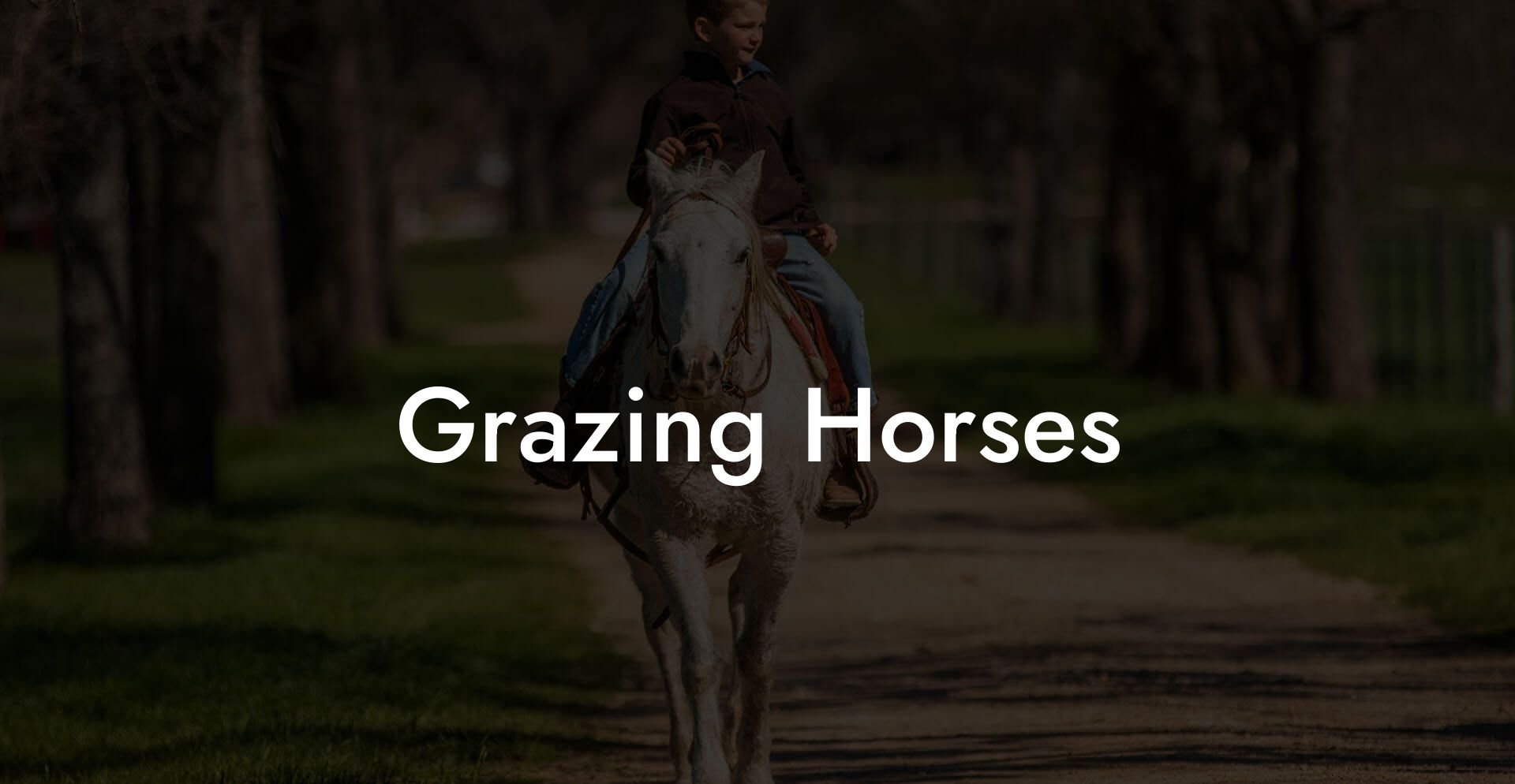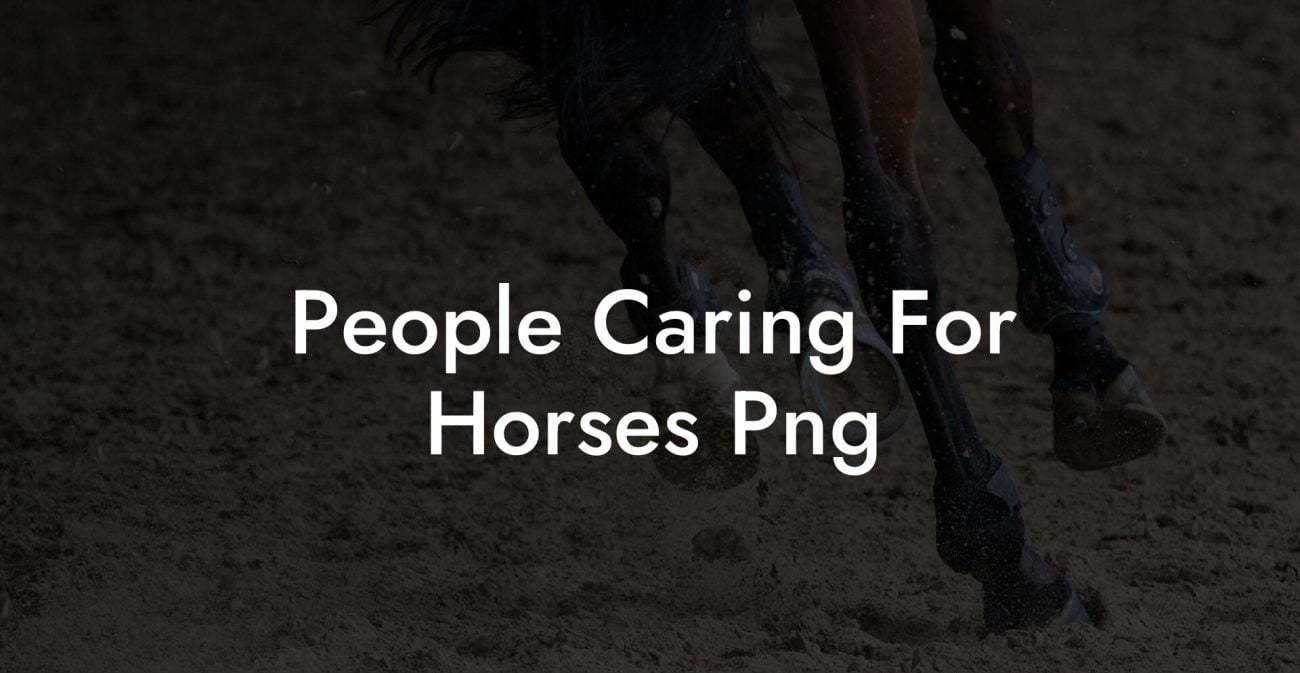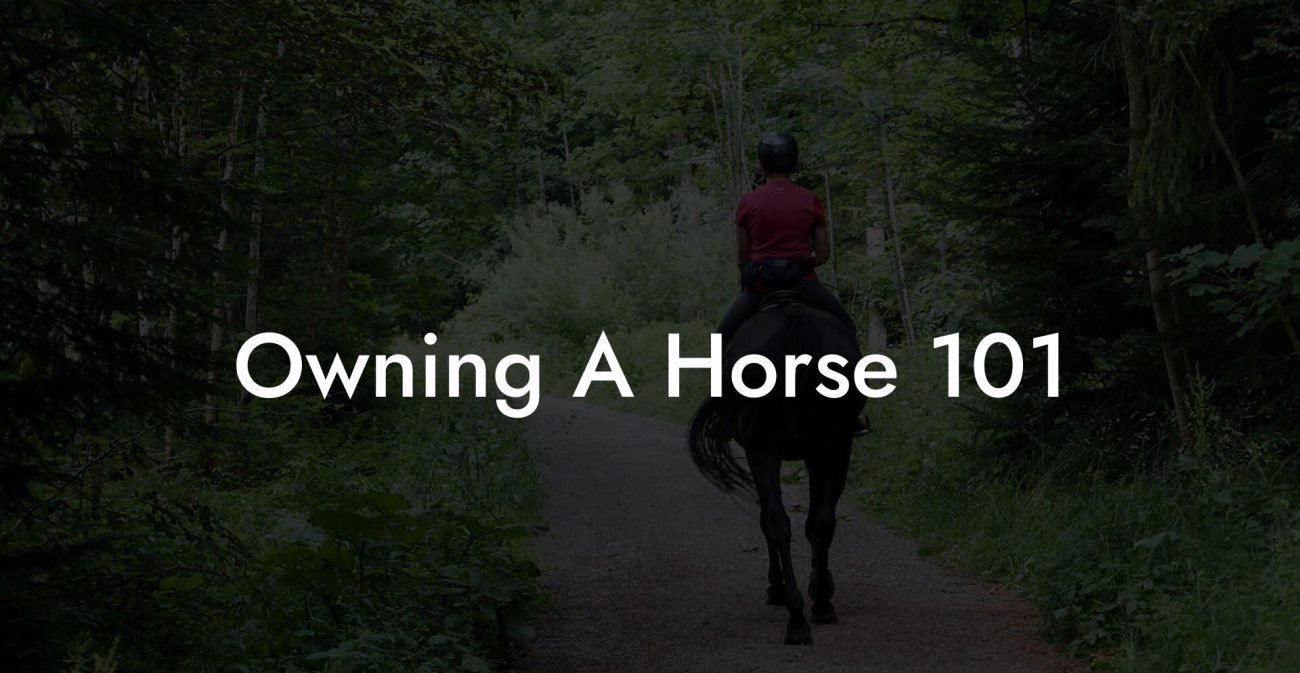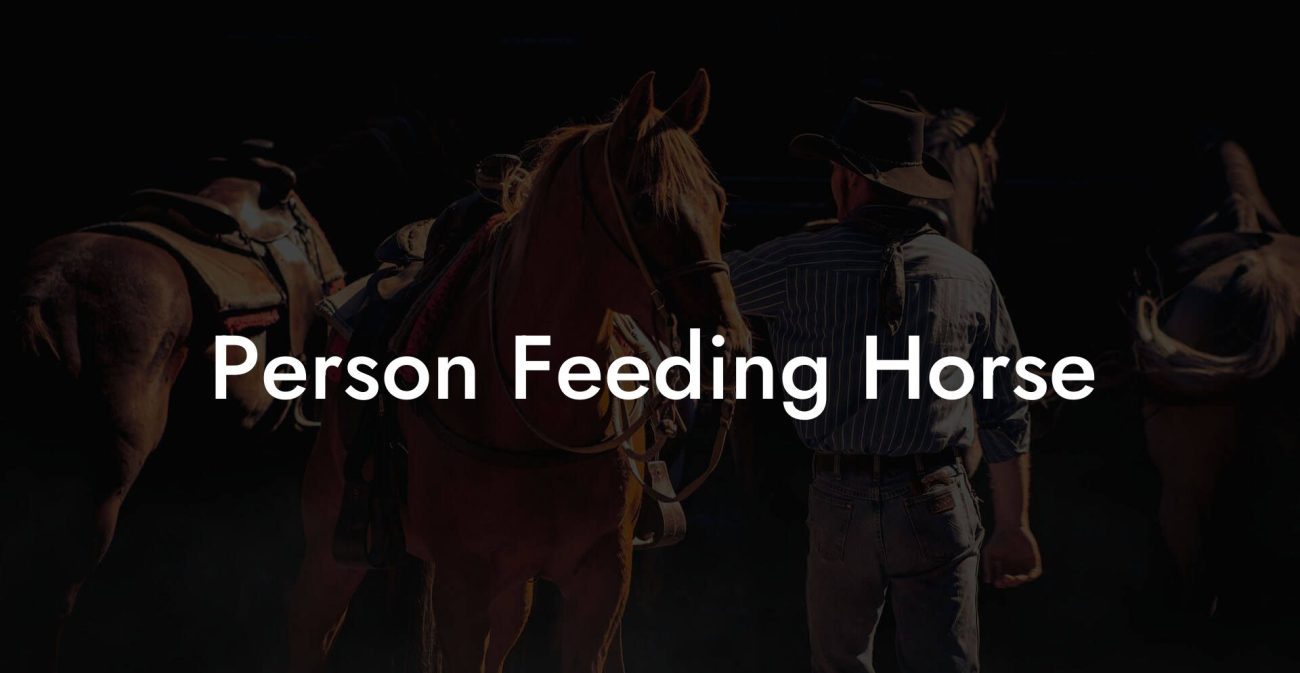There is an old saying—"a horse is a creature of habit." From wild horses to domesticated ponies, the eating patterns of these magnificent creatures play a crucial role in keeping them healthy and happy. One of these important patterns is grazing. Grazing horses are essential for maintaining a healthy lifestyle for your equine companion. In this ultimate guide to grazing horses, we will explore everything you need to know about grazing—displaying insightful facts, helpful tips, and debunking common myths.
Grazing Horses Table of Contents
Grazing is the natural way for horses to consume the nutrients they need throughout the day. Horses evolved as continuous grazers, primarily feeding on grasses, herbs, and shrubs. By mimicking their natural habitat and allowing your horse to graze, you are engaging in a lifestyle that directly aligns with their instincts and promotes their overall well-being.
There are several factors to consider when designing a grazing program for your horse:
1. Pasture Type: The type of pasture plays a significant role in horse grazing. Grasses may include cool-season grasses like Kentucky bluegrass, orchardgrass, and tall fescue or warm-season grasses like Bermuda grass, Bahia grass, and crabgrass. It's essential to know the right type of pasture for your horse and ensure it provides an appropriate balance of nutrients.
2. Time Spent Grazing: Most horses need between 12 to 18 hours of grazing daily to meet their nutritional requirements. Set a grazing schedule that provides ample time for your horse to graze, and avoid abrupt changes in their grazing habits. Consistency in grazing time helps your horse maintain optimal gut health and prevents digestive issues.
3. Rotational Grazing: To manage the quality of your pasture and maintain its productivity, consider implementing a rotational grazing system. By dividing your pasture into smaller sections and rotating your horse(s) among these sections, the grass will have ample time to recover and grow before being grazed again.
4. Monitoring Your Horse's Body Condition: Regularly observe your horse's body condition during grazing. Are they gaining or losing weight? Do they look healthy and robust? Keep an eye on your horse's physical appearance, and tailor their grazing schedule accordingly.
5. Pasture Maintenance: A well-maintained pasture is crucial for the health of your horse. Keep an eye on the quality of the pasture and address issues like overgrown weeds or dangerous plants as soon as possible. Maintaining fences and providing a clean, fresh water source is also vital for horse well-being.
Grazing Horses Example
Imagine you have an older horse named Bonnie, retired from riding and living in a 3-acre pasture with cool-season grasses. You aim to keep her healthy by monitoring her grazing habits and maintaining the pasture.
To avoid overgrazing, you divide this pasture into four sections and rotate Bonnie's grazing area every week, allowing the grass to recover. You observe her body condition and work closely with your vet to adjust her grazing schedule or provide supplements if needed. By offering appropriate grazing time and maintaining the pasture, you ensure Bonnie remains healthy and content.
Grazing is a fundamental aspect of a horse's natural way of life, and understanding how to manage and maintain this lifestyle will greatly benefit their overall health and happiness. By following the advice provided in this ultimate guide to grazing horses, you are on track towards being the best horse owner you can be.
Don't forget to share this guide with your fellow equestrians and explore our other informative articles on How to Own a Horse for even more expert insights and advice.













